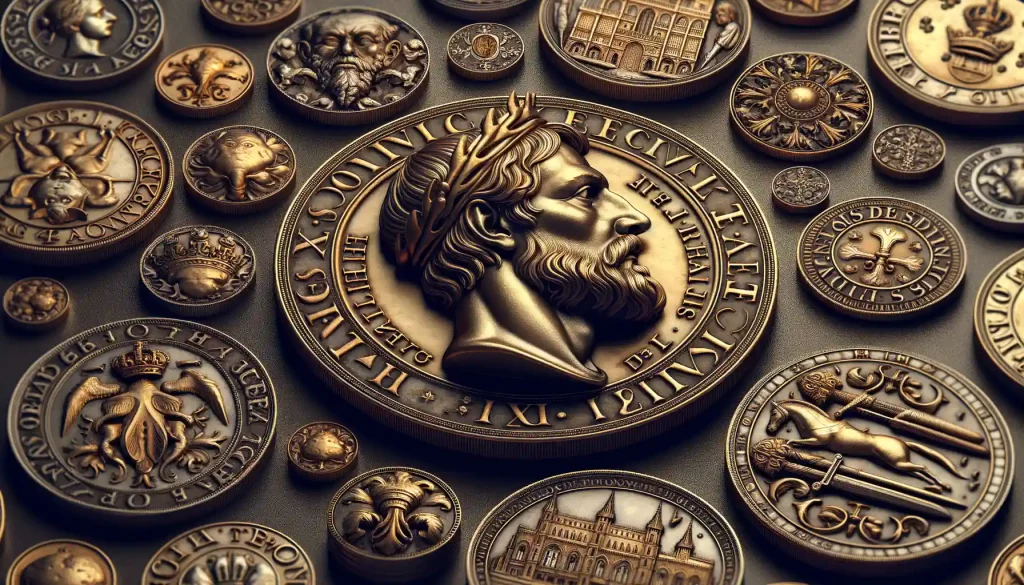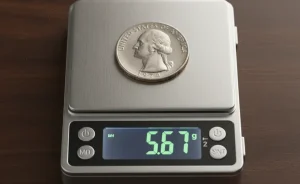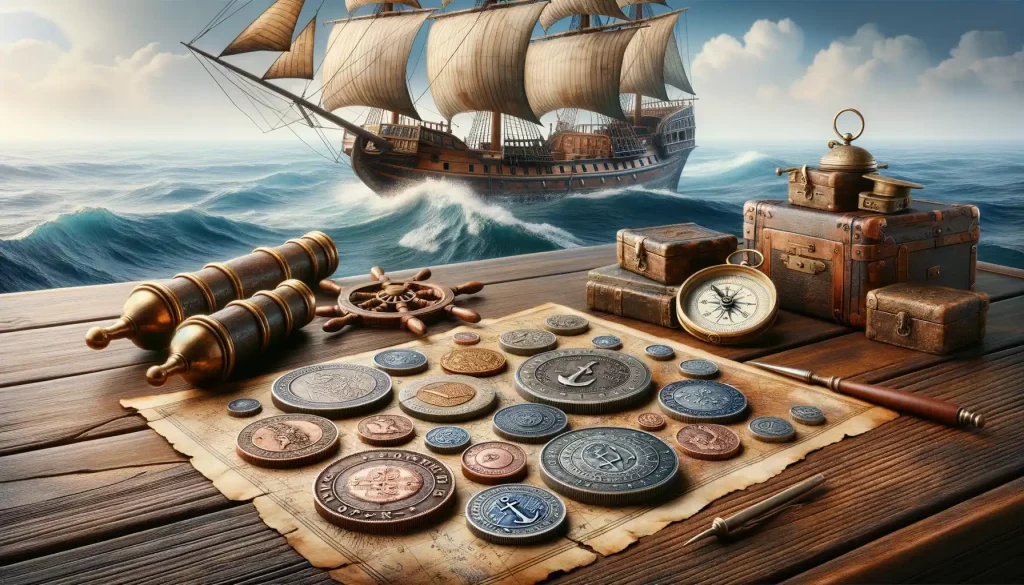Historical Significance of Renaissance Coins
Why Renaissance Coins Are Timeless Treasures
Coins from the Renaissance aren’t just pieces of metal—they’re whispers from a world reborn. Imagine holding a coin minted during the reign of the Medici, a family synonymous with power and patronage of the arts. Each coin tells a rich tale of cultural upheaval, artistic flourishing, and the rebirth of human thought. It’s like carrying a tangible piece of history in your pocket—a connection to an era that changed everything.
The Renaissance was a time of ambition, exploration, and expression, and coins reflected this vibrant energy. They were more than currency; they were statements. Many bore the profiles of rulers who sought immortality through their likenesses—some stern, others regal, all compelling. You might even find intricate symbols or Latin inscriptions that reveal allegiances, religious sentiments, or the aspirations of a nation.
- Ducat: The golden beacon of the Venetian Republic, representing trade’s unstoppable force.
- Testone: A silver relic often adorned with portraits fit for a gallery wall.
- Scudo: A coin beloved for its weight and unmistakable artistry.
Collecting Renaissance coins is like piecing together a puzzle of the past—a quest to uncover forgotten stories etched in precious metal.
Key Characteristics of Renaissance Coins
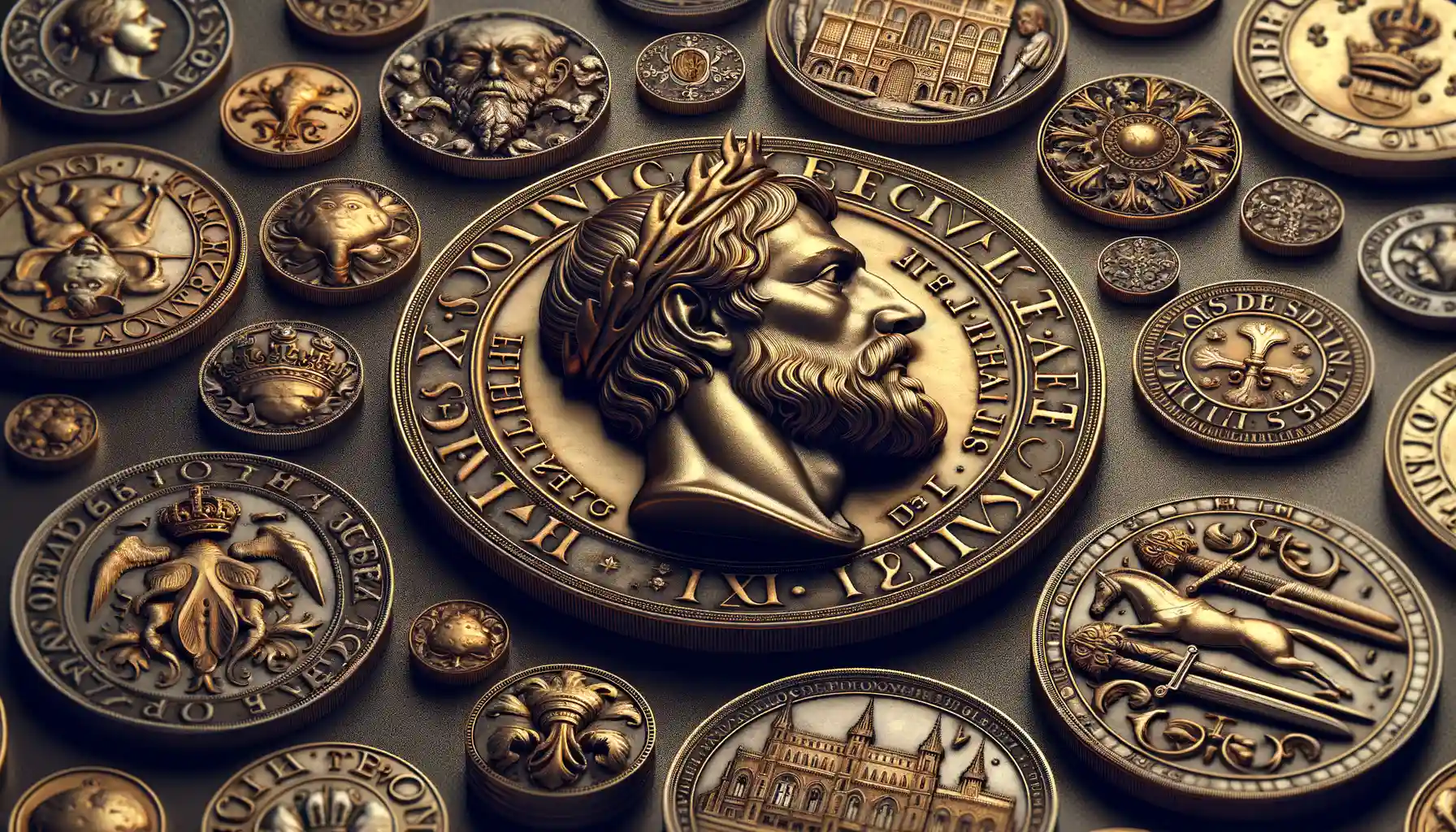
The Allure of Renaissance Coin Designs
Have you ever held a piece of art in the palm of your hand? That’s exactly what it feels like to examine Renaissance coins. These tiny, intricate treasures are a masterclass in storytelling and craftsmanship. Each coin whispers tales of a transformative era when science, art, and human potential flourished. The designs aren’t just beautiful—they’re a window into history.
Renaissance coins often feature detailed portraits of rulers, their gazes holding both pride and ambition. You’ll also discover exquisite imagery: mythical creatures, religious motifs, and heraldic symbols that reflect the power struggles and values of the age. The *florin*, for instance, with its lily emblem, is a shining example of how symbolism was woven into currency.
- High relief designs: Coins like the Teston boast raised details that feel almost alive under your fingertips.
- Latin inscriptions: Ponder the powerful words engraved on the edges—tiny proclamations of authority and legacy.
- Varied metals: Gold, silver, and even copper coins carry the weight of their kingdoms, both literally and metaphorically.
A Fusion of Artistry and Innovation
What makes Renaissance coins truly unique is their blend of cutting-edge minting techniques and timeless artistry. Unlike earlier medieval coins that were often crude and irregular, these pieces marked a rebirth—not only of culture but also of precision. Many Renaissance coins were produced using improved striking methods, giving them uniform shapes and sharper details.
Take a close look at the Italian *ducats* or German *thalers*. Notice the polish of the metal, the sophistication of the engraving? It’s as if each one was crafted to impress both commoners and kings alike. Imagine the pride of a merchant counting these coins after a prosperous trade. Collecting these gems isn’t just about owning historical currency—it’s inheriting the innovation and vision of the past.
How to Start Collecting Renaissance Coins
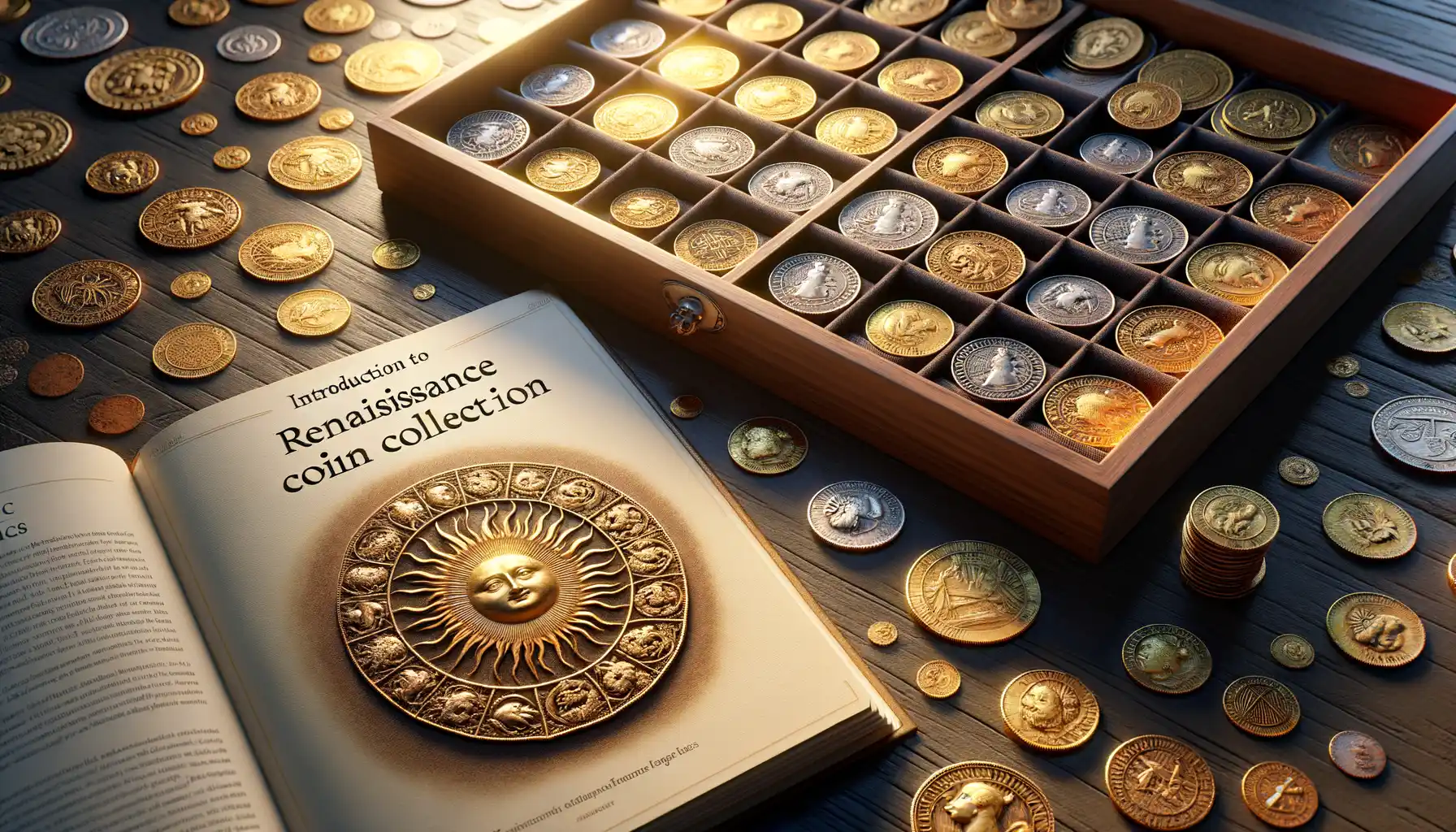
Dive into the World of Renaissance Coin Collecting
Embarking on a journey to collect Renaissance coins is like opening a time capsule sealed by royalty, merchants, and explorers. These small, intricate treasures tell stories of flourishing art, shifting empires, and groundbreaking discoveries. But where do you start when faced with centuries of history pressed into metal? Here’s your map.
First, pick your focus—this era stretches wide! Are you fascinated by the grand lions and shields of Italian city-states or the regal portraits of French kings? By narrowing your scope, you’ll turn what feels like a chaotic puzzle into an exciting treasure hunt.
Next, arm yourself with knowledge. A reliable coin catalog is your best companion here. Learn to spot key details like mint marks, metal types, and inscriptions—they’re the fingerprints of your coin. Pair this with visits to specialized auction sites or online marketplaces like NumisBids.
- Join a local coin-collecting club for insider tips and camaraderie.
- Start small with affordable pieces before diving into rarer finds.
Chances are, that first coin you hold will give you goosebumps. This isn’t just collecting—it’s curating history, one coin at a time!
Evaluating the Value of Renaissance Coins
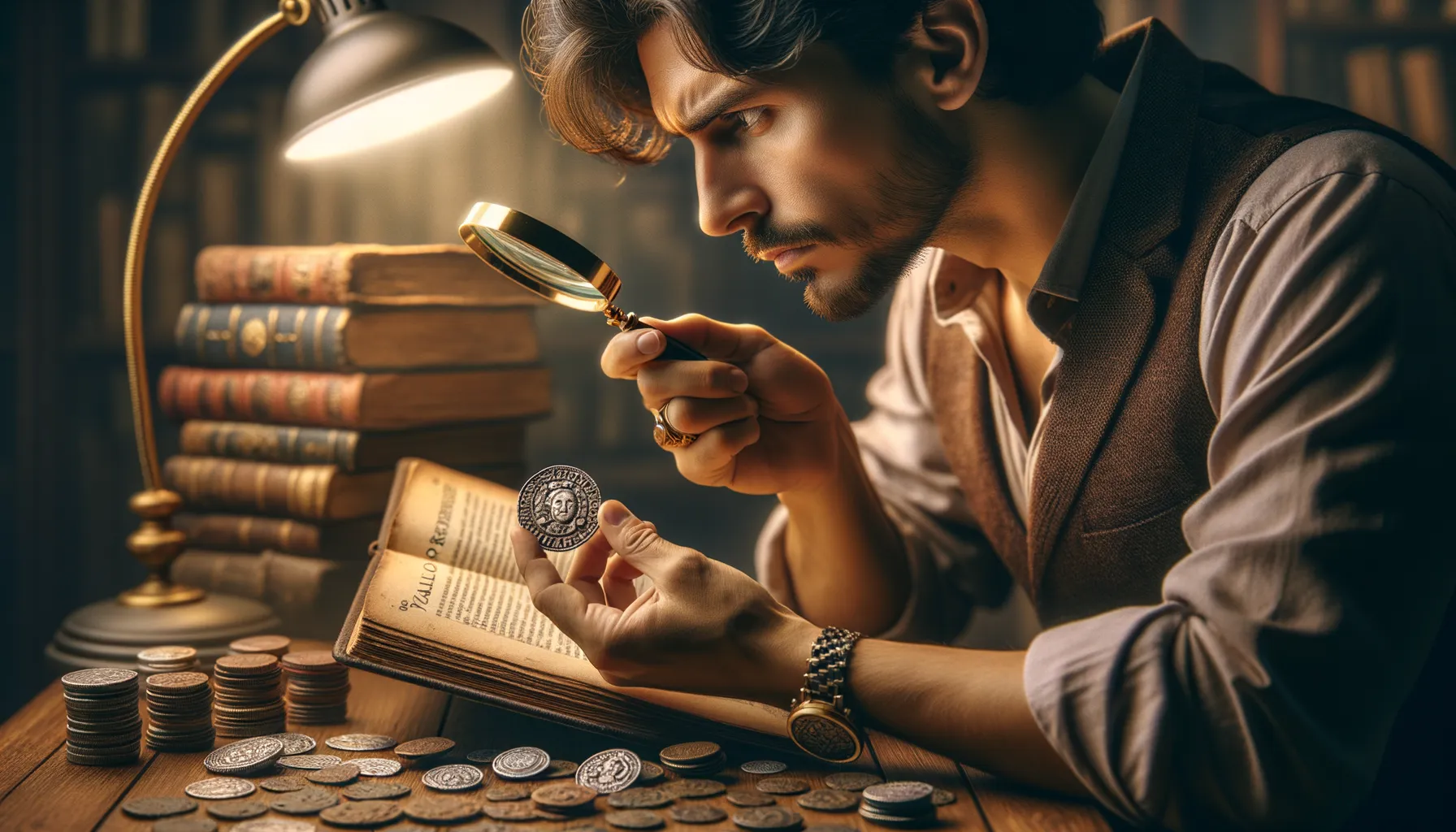
Uncovering the Stories Behind Renaissance Coins
Evaluating the worth of a Renaissance coin is like peeling back the layers of history—it’s part science, part art, and entirely exhilarating. These coins didn’t just jingle in the pockets of merchants or glint in royal treasuries; they were witnesses to a time when art flourished, empires expanded, and trade routes wove the world together. So, how do you measure their value?
Start with the basics: **rarity** is a cornerstone. If a coin was minted briefly or in limited numbers, it shoots up on the desirability scale. Think of a rare Milanese gold scudo, glowing with intricate designs yet produced only for a fleeting moment in time. But rarity isn’t everything. Condition matters too. A pristine coin free of corrosion or wear tells a clearer story than one battered by years of circulation.
The Game-Changers in Coin Valuation
Sometimes, the smallest detail can tip a coin’s value into “priceless” territory. Collectors love:
- Mint marks: Tiny symbols that reveal where a coin was struck, offering insights into its journey centuries ago.
- Historical figures: Imagine holding a coin bearing the profile of Medici rulers or King Henry VIII—it’s almost like shaking hands with history!
- Error coins: Mistakes at the mint can turn an ordinary coin into an extraordinary find.
But here’s the twist: market trends ebb and flow. A coin that’s highly coveted today might see its star fade tomorrow—and vice versa. This unpredictability turns every buying and selling decision into a thrilling gamble.
Tips for Preserving and Displaying Your Collection
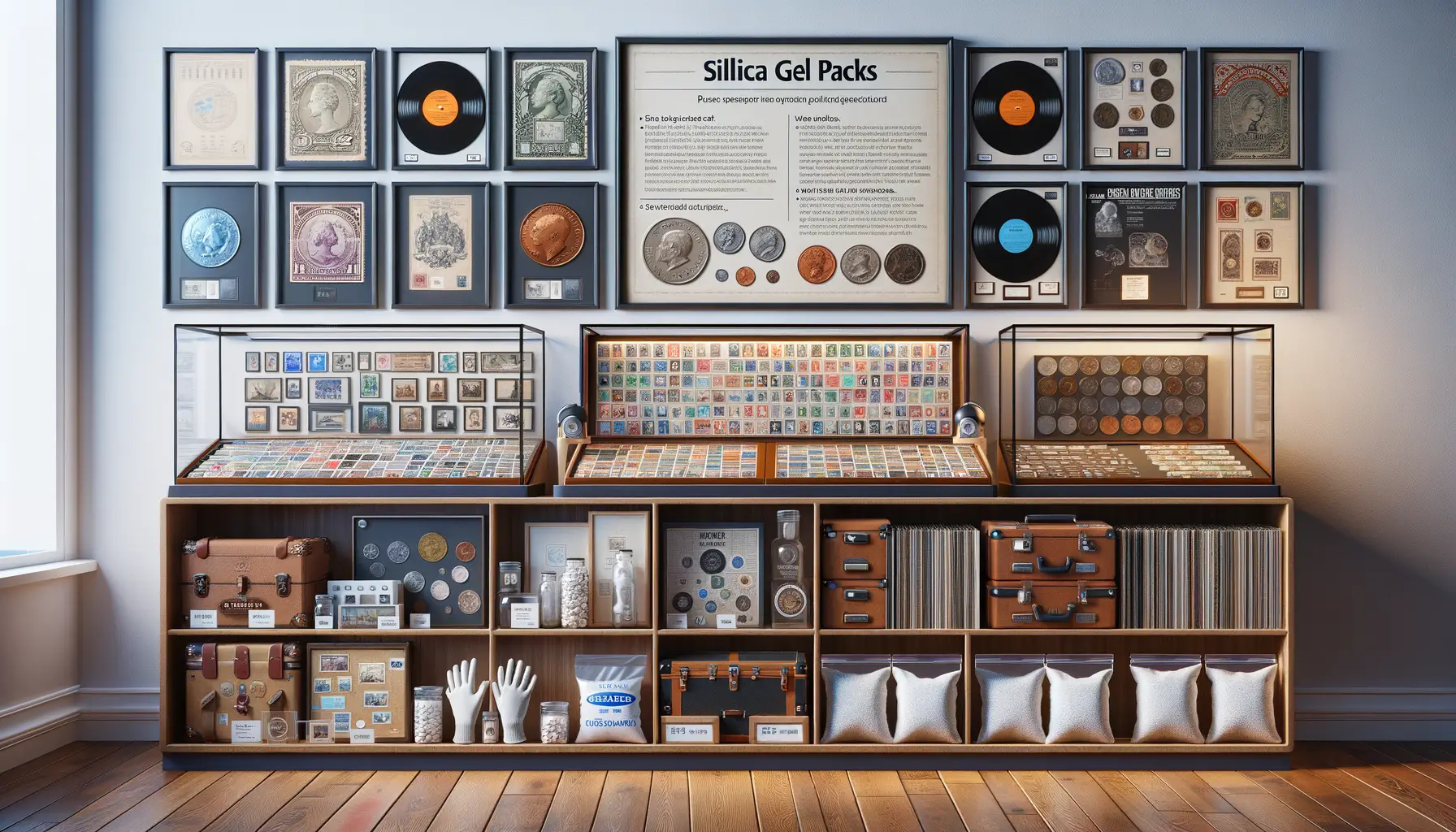
Protecting Your Coins from Time’s Wrath
Your Renaissance coin collection is more than just history—it’s a time capsule, a tangible link to the grandeur of centuries past. But these precious treasures are fragile, and time can be unkind if you’re not careful. Here’s how you can safeguard your collection for generations to come.
First, let’s talk storage. Coins hate extremes—no scorching heat, no biting cold, and definitely no damp basements (humidity is their sworn enemy). Use acid-free holders or coin capsules to shield them from scratches and corrosive air. Trust me, your coins deserve better than a dusty old shoebox.
And let’s not forget the golden rule: **never clean old coins**! That tarnish, that patina? It’s part of their story. Scrubbing them shiny could erase centuries of charm—and value.
- Store in a controlled environment, away from direct sunlight.
- Invest in a quality coin album with clear, PVC-free pockets.
- Handle with cotton gloves; human oils can leave permanent marks.
Show Off Without Sacrificing Security
Displaying your coins is an art in itself. Go beyond tossing them in a basic frame. Encase them in shadow boxes with UV-protective glass. This not only highlights their beauty but shields them from harmful light that could fade their details.
Want to truly dazzle your guests? Arrange them chronologically, creating a mini time-travel exhibit right on your wall. Or, for a museum-like feel, add printed descriptions beneath each coin—dates, places, maybe even a fun fact about the ruler it features.
Whatever you do, blend protection with presentation. After all, these relics deserve more than being hidden away in forgotten drawers.

